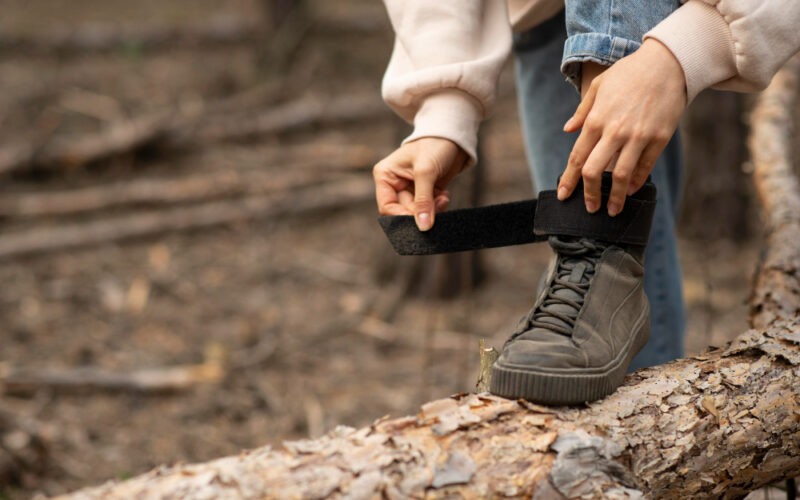
collection of cookie cutters! Ensure this year’s Easter cookies match your desires for looks as well as taste. Gain cookie chef-like experience with all the foolproof methods for accomplishing excellent cookie cutouts and choose the best Easter cookie cutter in Australia from the Cookie Cutter Store for the job.
Follow master tips and you’ll have perfectly formed cutouts each and every time.
What amount of dough would it be a good idea for me to roll out at once?
Partition the chilled dough into portions and come back to the fridge enclosed by plastic wrap to keep you from overworking the dough—overworked dough will bring about tough and hard cookies!
What kind of surface would it be a good idea for me to use for rolling out dough?
Start working on a lightly floured, cool cutting board or ledge. Cutting boards make it simple to move the dough to the freezer to chill if necessary. Never work at a warm ledge (for example close to a stove). Be mindful so as not to add a lot of flour to your surface or your cookies will get tough.
How thick would it be advisable for me to roll the dough?
Roll your dough around 1/8-inch thick—except if in any case noted in the formula—for preparing and fresh and firm cookies.
How would I keep the dough a uniform thickness?
Search for elastic rolling pin rings that slip onto each side of the rolling pin. They do the estimating/measuring for you.
How would I keep the rolling pin from sticking to the dough?
Immediately cover your dough with waxed paper when rolling to keep it from sticking to the rolling pin. In the event that you despite everything experience issues, gently flour the waxed paper.
How would I keep the cookie cutters from sticking to the dough?
Dunk your cookie cutters in flour with each cut. Work from the centre of the rolled out dough to the edges, slicing shapes near each other to forestall additional scrapes and extra rerolling. In case the cookie cutters get extremely clingy, wipe them off with a damp paper towel. Try not to clean them in the middle of cutting except if the dried dough starts to distort the cookie subtleties.
So much for the right techniques, but what type of cookie cutters are ideal? From metal to plastic, we’ve tried them all (and cheerfully eaten the outcomes!)
However, which is the ideal one for you?
Stainless Steel Cookie Cutters
They’re tough—don’t twist or lose shape without any problem. They effortlessly cut intricate details. However, they’re rust-prone.
Copper Cookie Cutters
They’re tough—will endure forever. They effortlessly cut intricate subtleties. However, it’s hard to flex the cutter to expel dough from details and they’re generally costly.
Aluminum Cookie Cutters
They’re reasonable and effectively cut unpredictable subtleties. They flex effectively to expel dough from small details. But they’re unstable—cutters effectively lose their shapes and they’re rust-prone.
Plastic Cookie Cutters
Besides being economical they flex effectively to expel dough from little subtleties.
Clearly, plastic cookie cutters are the winners here and if you buy them from the Cookie Cutter Store you can rest assured you are choosing only the best Easter cookie cutter made from PLA which is a non-toxic biodegradable plastic from renewal biomass.
Choose from various shapes such as bunny, carrot, crucifix and many more. You can also reach them at (+61) 414 661 490 for any clarification.





